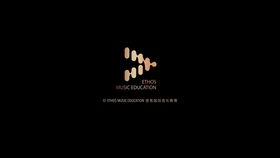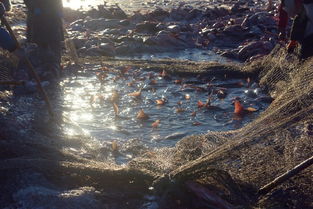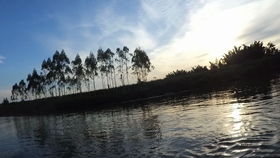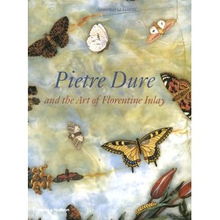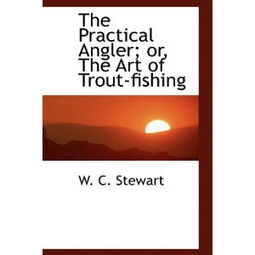Content:
Introduction: Fishing is an ancient pastime that has been enjoyed by people for centuries. Whether you are a beginner or an experienced angler, there is always something new to learn about the art of fishing. In this article, we will provide you with essential techniques and methods to help you get started in the wonderful world of fishing.
Choosing the Right Equipment: Before you can start fishing, you need to have the right equipment. Here are some key items to consider:
a. Rod and Reel: Choose a rod and reel that are appropriate for the type of fishing you plan to do. For beginners, a lightweight spinning rod and reel are a good choice.
b. Line: The type of line you use will depend on the species of fish you are targeting. Monofilament, fluorocarbon, and braided lines are all popular options.
c. Lures and Baits: Select lures and baits that are suitable for the fish you want to catch. Live bait, artificial lures, and natural baits like worms and grubs are all effective options.

d. Tackle Box: A tackle box is essential for storing your fishing gear. Make sure it is large enough to hold all your equipment and is organized for easy access.
Learning the Basics of Casting: Casting is a fundamental skill that every angler should master. Here are some tips to help you improve your casting technique:
a. Grip: Hold the rod with a comfortable grip, using your index and middle fingers to wrap around the handle.
b. Backcast: Start by bringing the rod back behind you, then accelerate through the forward motion to cast the line forward.
c. Timing: The key to a successful cast is timing. Practice your casting technique until you can consistently cast the line where you want it to go.
Baiting and Luring Techniques: Once you have mastered casting, it's time to learn how to present your bait or lure to the fish. Here are some techniques to consider:
a. Natural Baits: When using natural baits like worms or grubs, make sure they are fresh and alive. Present them in a realistic manner, mimicking the natural movement of the bait.
b. Artificial Lures: Artificial lures come in various shapes and sizes, each designed to mimic different fish movements. Experiment with different retrieves and presentations to see what works best for the fish you are targeting.
c. Live Bait: Live bait can be highly effective for catching fish. Use a variety of live baits, such as minnows, leeches, or nightcrawlers, and change them up as needed.
Reading the Water: Understanding the water you are fishing is crucial for success. Here are some tips to help you read the water:
a. Observe the Surface: Look for fish activity on the surface, such as jumping or feeding. This can indicate the presence of fish in the area.
b. Scan the Bottom: Pay attention to the bottom structure, such as rocks, weeds, or drop-offs. These areas often hold fish.
c. Use a Fish Finder: A fish finder can help you locate fish in the water. Familiarize yourself with its features and how to interpret the information it provides.
Patience and Practice: Fishing is a patience game. It takes time to develop your skills and learn the habits of the fish you are targeting. Here are some tips to help you improve:
a. Practice Casting: Spend time practicing your casting technique, as it is essential for successful fishing.
b. Learn from Others: Seek advice from experienced anglers and join fishing clubs or forums to learn from others' experiences.
c. Experiment: Try different techniques, baits, and locations to find what works best for you.
Conclusion: Fishing is a rewarding hobby that can be enjoyed by people of all ages. By following these techniques and methods, you can get started on your fishing journey and develop your skills over time. Remember to always respect the environment and practice catch-and-release fishing whenever possible. Happy fishing!

